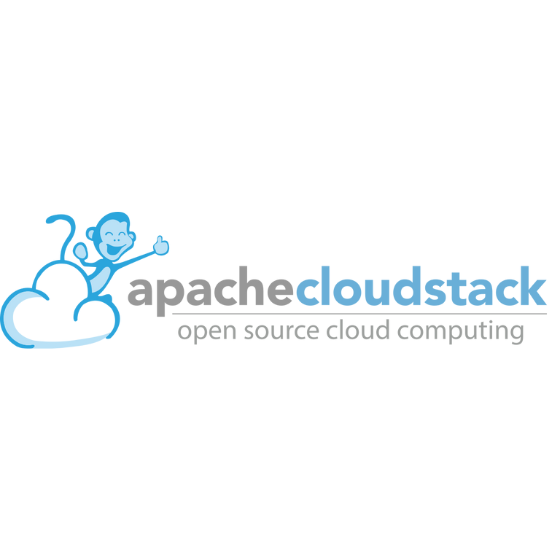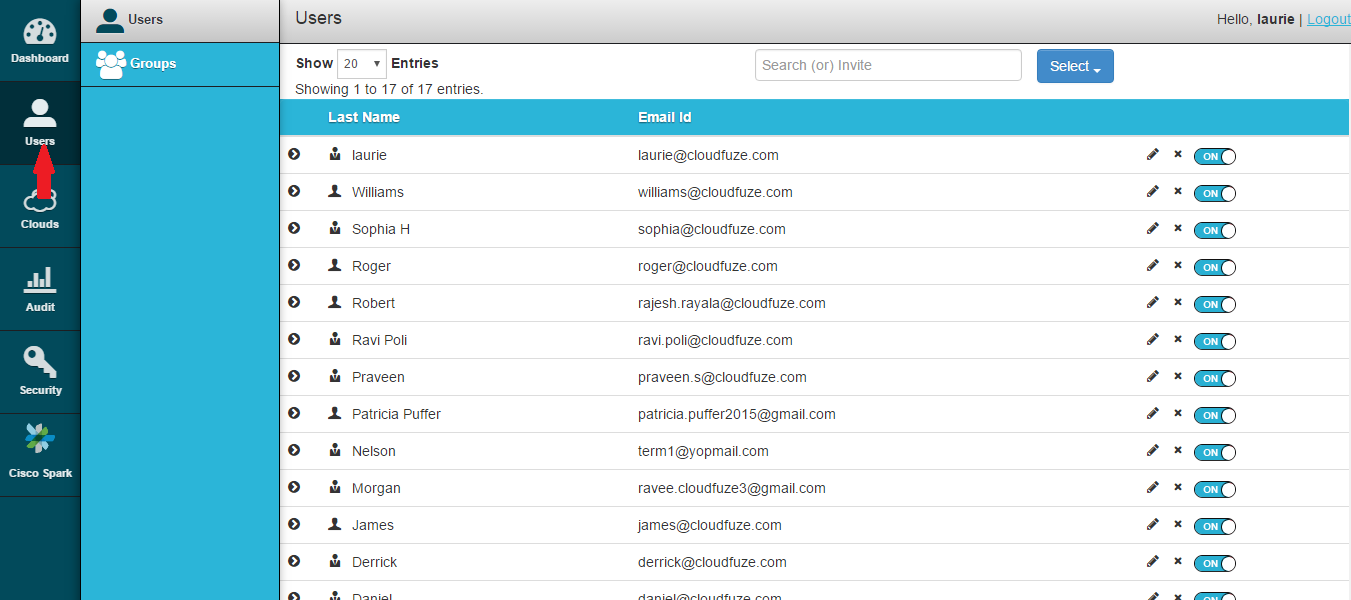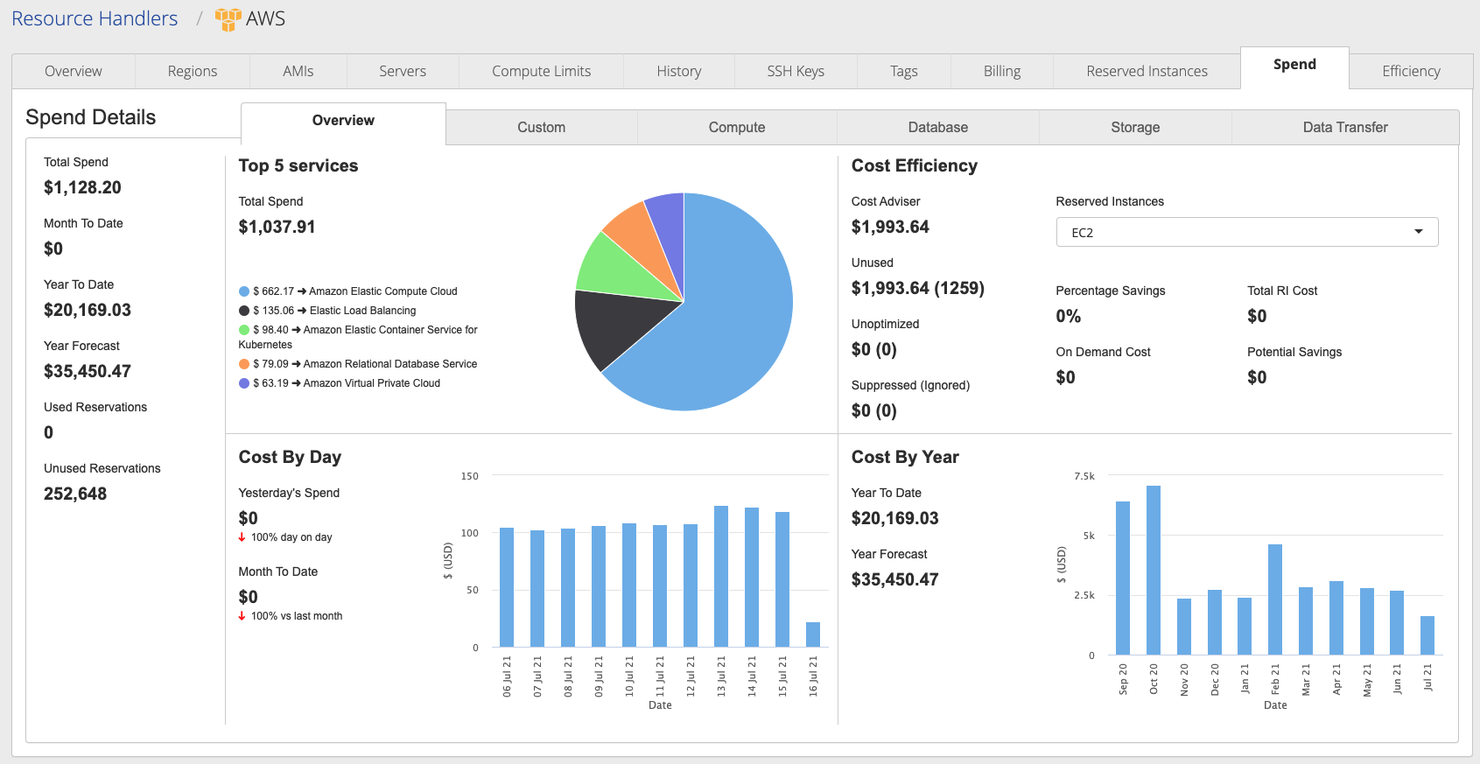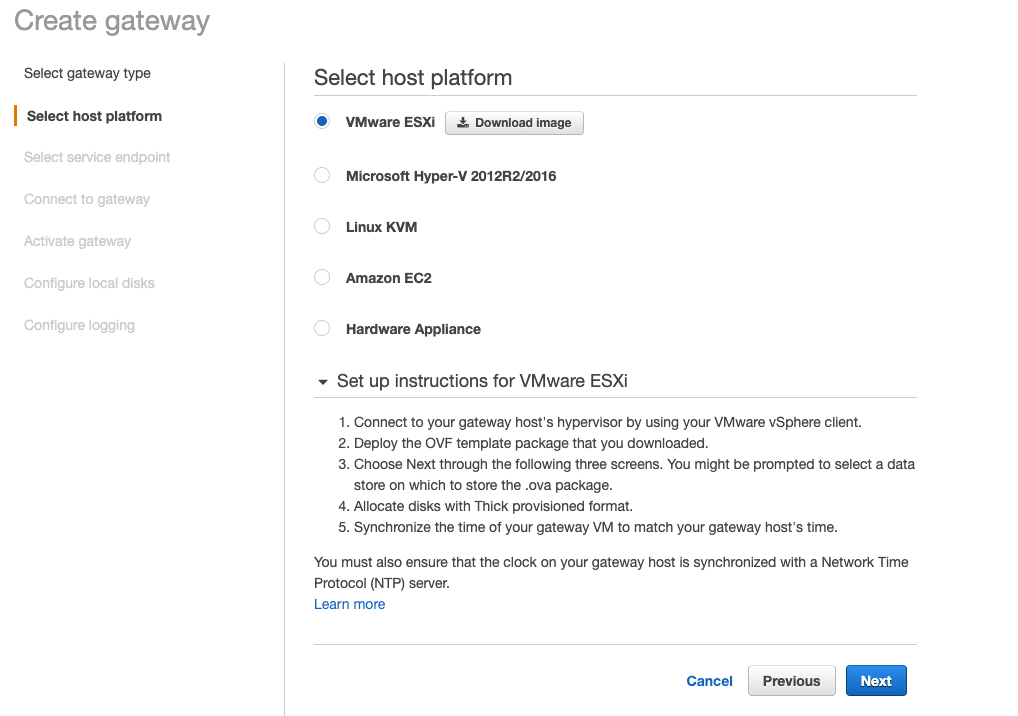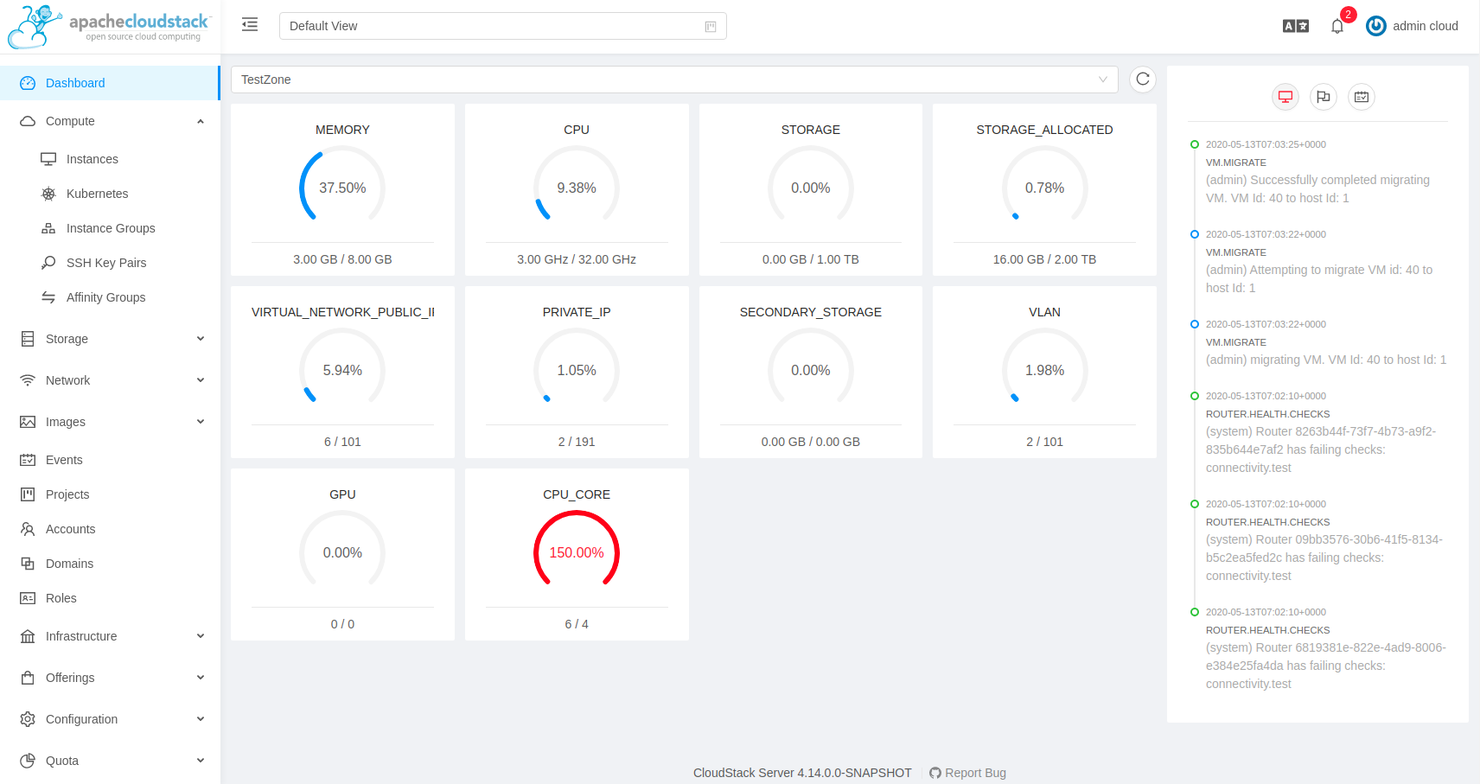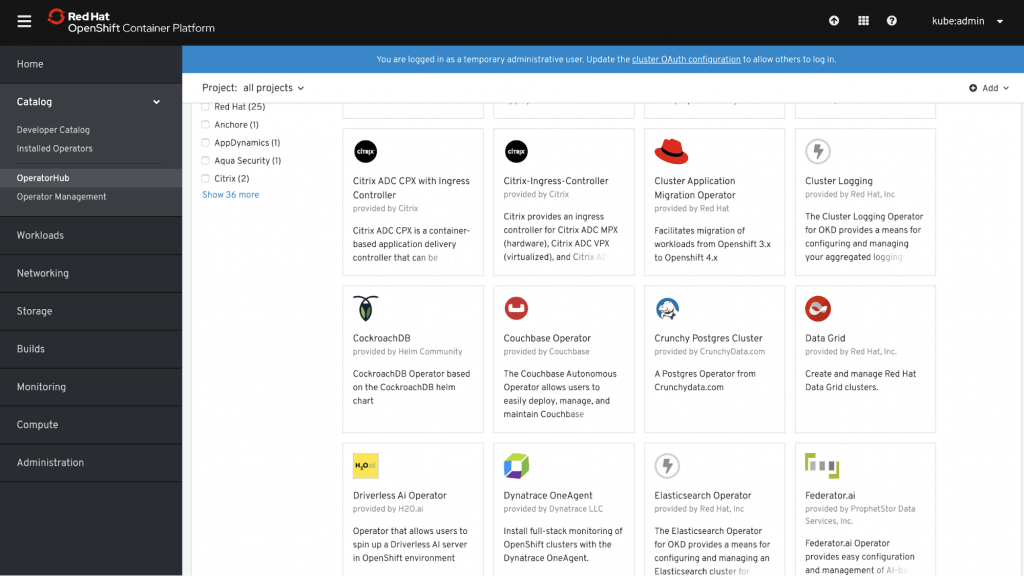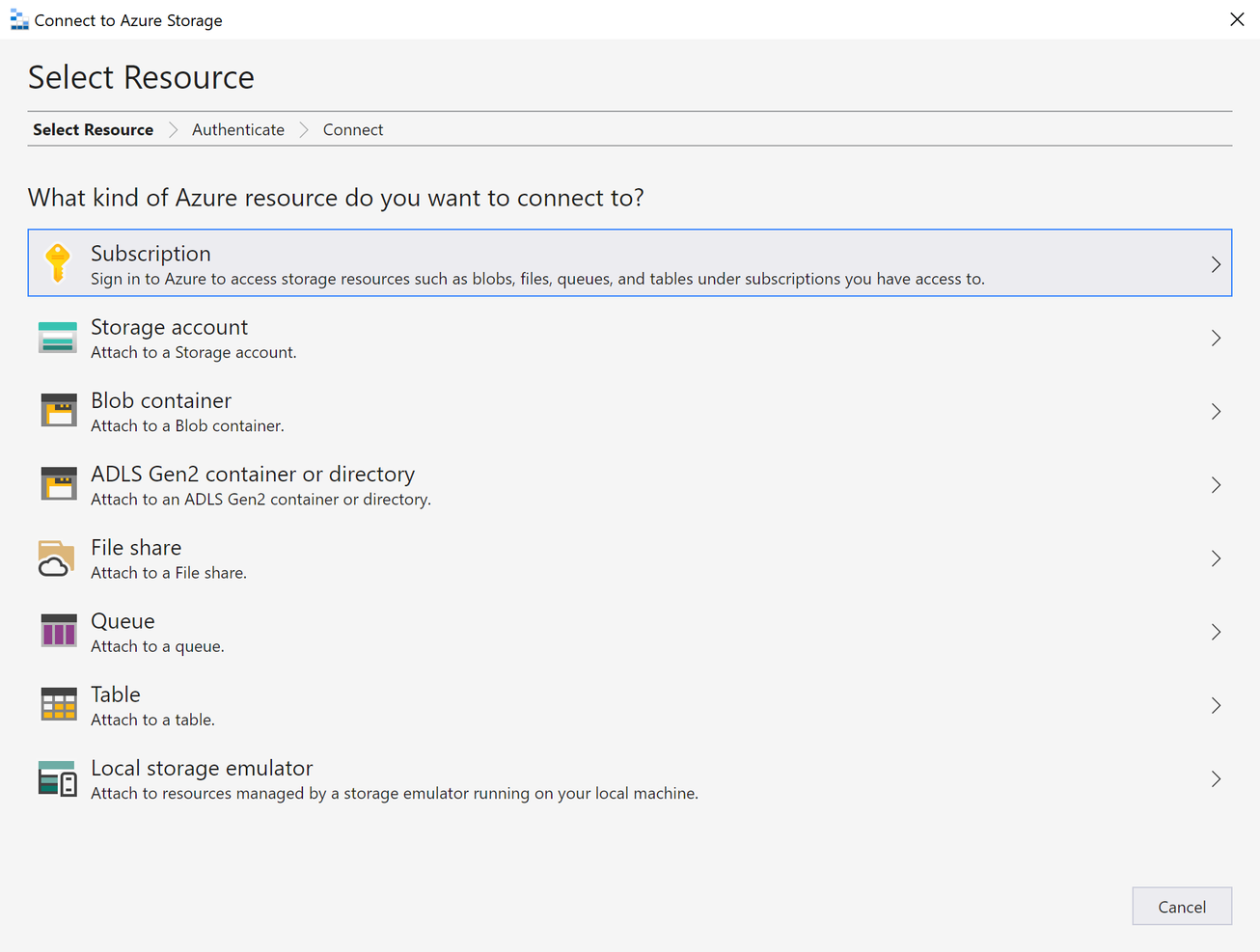10 Best Cloud Management Platforms Shortlist
Here's my pick of the 10 best software from the 20 tools reviewed.
Our one-on-one guidance will help you find the perfect fit.
Finding the right cloud management platform isn't just helpful, it's critical when you need to automate your infrastructure, cut costs, and maintain control across your cloud environments. With dozens of competing solutions on the market, making the best choice for your organization can feel overwhelming.
If you're managing hybrid and multi-cloud setups, you're likely facing daily challenges: wasted resources, complex deployments, and inconsistent security practices. As your cloud environments become more interconnected, these problems only multiply, making a comprehensive management solution even more essential.
As a cloud solutions architect who has tested and implemented numerous platforms for organizations like yours, I'll explain what these tools deliver, help you determine which solution best fits your needs, and show you how the right platform can transform your operations. Your team will see a real difference through better governance, significant cost savings, and streamlined efficiency.
What Is A Cloud Management Platform?
A cloud management platform (CMP) is a comprehensive solution that enables organizations to monitor, control, and optimize cloud resources across public, private, and hybrid environments. It provides a centralized interface for managing infrastructure provisioning, resource allocation, cost optimization, security, compliance, and automation. A CMP streamlines operations by integrating with various cloud providers, ensuring efficient workload distribution and real-time monitoring of cloud assets.
Beyond basic oversight, a CMP facilitates governance, workload orchestration, and policy enforcement, helping organizations maintain security and compliance across multiple cloud environments. Many platforms also include advanced features such as AI-driven analytics, Kubernetes management, multi-cloud interoperability, and DevOps automation.
Best Cloud Management Platforms Summary
| Tool | Best For | Trial Info | Price | ||
|---|---|---|---|---|---|
| 1 | Best for automated endpoint management | Free trial + free demo available | Pricing upon request | Website | |
| 2 | Best cloud management provider for user access control | Free demo available | From $9.99/user/month | Website | |
| 3 | Best self-service features for cloud management | Free plan available | From $708.33/month (billed annually) | Website | |
| 4 | Best for hybrid cloud management | Free demo available | Pricing upon request | Website | |
| 5 | Best for multiple storage solutions | Free plan available | From $0.00099 / GB | Website | |
| 6 | Best open-source cloud management provider | Free plan available | Open source project and Available for free | Website | |
| 7 | Best for container-based application development | 60-day free trial | From $83.33/month (billed annually, exclude AWS infrastructure fees) | Website | |
| 8 | Best for working with multiple resource types | Free plan available | Open source project and Available for free | Website | |
| 9 | Best for cloud migration | Free demo available | Pricing upon request | Website | |
| 10 | Best for virtual machines (VMs) | 7-day free trial | Pricing upon request | Website |
-

Docker
Visit WebsiteThis is an aggregated rating for this tool including ratings from Crozdesk users and ratings from other sites.4.6 -

Pulumi
Visit WebsiteThis is an aggregated rating for this tool including ratings from Crozdesk users and ratings from other sites.4.8 -

GitHub Actions
Visit Website
Best Cloud Management Platforms Reviews
In these next sections, I’ll go into my favorite cloud management platforms, including the pros and cons, pricing information, and the criteria I used for my selections.
NinjaOne is an all-in-one cloud platform designed to simplify IT operations across remote endpoints, providing a centralized system for endpoint management, patching, backup, and remote monitoring.
Why I Picked NinjaOne:
I selected NinjaOne because of how effectively it consolidates routine IT functions into a single, cloud-native interface. It gives teams unified visibility and automation across endpoints, regardless of OS or location. During testing, I appreciated its real-time monitoring, simple deployment, and ease of scaling across devices in hybrid or remote setups.
NinjaOne Standout Features and Integrations:
Features include automated patching, remote monitoring, and backup tools, with mobile device management and endpoint security baked in. You can remotely control endpoints, automate scripts, or trigger workflows from a single pane of glass. Its SaaS backup solution extends coverage to cloud apps like Microsoft 365 and Google Workspace.
Integrations include CrowdStrike, SentinelOne, HaloPSA, and other security and service platforms.
Pros and cons
Pros:
- Built-in remote access and troubleshooting tools
- Supports both Windows and macOS
- Powerful automation for patching, backups, and remote monitoring
Cons:
- Integration options with niche tools may require additional setup
- Limited customization in certain reporting and alert configurations
CloudFuze’s main focus with its core product seems to be on cloud migrations, but during the course of my time with it, I found it handles user access very well.
Why I Picked CloudFuze:
I found CloudFuze’s cloud file security features to be quite comprehensive for user access management, with an entire page dedicated to it. You can add and delete user accounts, as well as edit their status to or from administrators. If you have several users you need to keep track of, you can group them into teams that you manage with bulk actions.
CloudFuze Standout Features and Integrations
Features that made me recommend CloudFuze for user access management include API keys and secure cloud access that let you control who can access your cloud from external platforms. There’s also an audit function that shows you how the files you’ve shared are being used, with information on general access and downloads.
Integrations are pre-built for major cloud platforms as well as Slack, Microsoft Teams, Defender, and Sharepoint.
Pros and cons
Pros:
- Strong file security features
- Comprehensive user access control
- Easy migrations
Cons:
- Free trial is often unavailable in favor of a demo
- Web-only, no apps
CloudBolt is a multi and hybrid cloud management platform that supports various deployment options, including containers.
Why I Picked CloudBolt:
CloudBolt won me over with its self-service features that let me order resources like storage, compute, and application stacks and have them available almost immediately. For most of the time I spent with it, I wasn’t worried about shadow IT, when employees use hardware or software that hasn’t been approved by the IT department, because I never had to wait too long for things to get moving.
CloudBolt Standout Features and Integrations
Features I liked under CloudBolt’s self-service include what they call blueprints, which allow DevOps teams to set up and provision resources within only minutes on any deployment. You also get catalogs of your environments that make it easier to manage resources, from provisions to user roles.
Integrations are pre-built for major cloud providers, as well as Veeam, ServiceNow, Puppet, Ansible, Chef, SolarWinds, Datadog, SAML, Spunk, and New Relic.
Pros and cons
Pros:
- Several pre-built integrations
- Robust self-service features
- Flexible deployment options
Cons:
- Weaker support on lower tiers
- Bare-bones logging
The team that built Morpheus Data was looking for a solution that fit their DevOps pipeline at an application factory and decided to make their own when they couldn’t find one.
Why I Picked Morpheus Data:
I chose Morpheus Data because of its support for open-container orchestration. When you pair this with its standard cloud management features, it becomes a useful unified tool for anyone looking to run hybrid setups.
Morpheus Data Standout Features and Integrations
Features in Morpheus Data that caught my attention include the no-code setup for Kubernetes and private clouds, making it easy for non-technical people to get started with their own deployments. It can also integrate tools like load balancers, DNS, and networks to convert hypervisors like KVM, Nutanix, and VMware into private clouds with full multi-tenancy.
Integrations are pre-built for Microsoft DNS, Github, Docker, Chef, Ansible, Puppet, Remedy, Jenkins, PowerDNS, and ServiceNow, as well as major cloud platforms.
Pros and cons
Pros:
- Strong one-click functionality
- Allows you to build a true private cloud
- Several pre-built integrations for third parties
Cons:
- Weak customer support
- No free plan
Amazon Web Services (AWS) has several offerings for hybrid clouds that handle computing, networking, storage, containerization, and management, and the one I’m going to be looking at here is Storage Gateway.
Why I Picked AWS Storage Gateway:
I picked AWS Storage Gateway because it allows on-premise clouds to access AWS storage on AWS, making it easier to implement hybrid cloud functionality where you split your clouds into multiple deployments. Aside from better storage management, one of the things you get is the ability to process data you generate from your cloud platform using AWS’s big data analytics services.
AWS Storage Gateway Standout Features and Integrations
Features that made me recommend Storage Gateway for multiple storage solutions include the management console that lets you quickly set up file shares between your on-premise deployment and Amazon S3 and FSx, whether you’re running it on Microsoft Hyper-V, Linux KVM, or VMware ESXi. For cross-platform migrations, Storage Gateway uses endpoints that meet Federal Information Processing Standard 140-2 (FIPS) requirements for security.
Integrations are pre-built for major cloud providers and native for other AWS services like S3, Backup, CloudTrail, CloudWatch, Identity and Access Management (IAM), Key Management Service (KMS), and FSx.
Pros and cons
Pros:
- Highly scalable
- Native access to additional AWS hybrid cloud tools
- Fully managed service that’s easier to run after deployment
Cons:
- Not cost-effective for smaller operations
- Initial setup is complex
CloudStack is a free open-source Infrastructure-as-a-Service (IaaS) CMP from Apache meant for use on both on-premise and hybrid environments.
Why I Picked Apache CloudStack:
As I’ve mentioned above, CloudStack is an Apache product, meaning it’s completely open-source and has a thriving developer community behind it. This makes it an ideal option for deployments where you need to implement functionality that you can’t find anywhere else but without needing to build everything from scratch.
Apache CloudStack Standout Features and Integrations
Features in CloudStack that I really like for working on open-source software include a powerful and extensively documented API that you can use to extend the functionality of the product with things like custom integrations. CloudStack also allows you to work with the APIs for AWS S3 and EC2.
It’s also hypervisor-agnostic, so you can run it on KVM, VMware, Citrix XenProject and XenServer, BareMetal through IPMI, vSphere through vCenter, and LXC.
Integrations are available via an API that you can use to build custom solutions to connect third-party services.
Pros and cons
Pros:
- Completely free
- Robust documentation
- Open source
Cons:
- More prone to bugs than other solutions
- No dedicated customer support; you’ll have to rely on the community
Best for container-based application development
OpenShift Container Platform is offered by Red Hat, one of the biggest contributors to various projects that support container-based development, including Kubernetes, Docker, and Linux.
Why I Picked OpenShift Container Platform:
When I was working with OpenShift Container Platform, I found out that it provides access to the source-to-image (S2I) framework that lets you create container images using your application’s source code. It supports some of the most popular languages and frameworks used in app development, including Python, Node.js, Java, PHP, .NET, Go, Ruby, and Perl.
OpenShift Container Platform Standout Features and Integrations
Features that made me recommend OpenShift Container Platform for developers include the inbuilt CI/CD pipeline that allows for rapid development over sustained periods. It also uses Prometheus, a tool that gives you monitoring capabilities and metrics for applications and clusters so you can ensure whatever you’re working on remains healthy throughout the process.
Integrations are available natively with other Red Hat products like the OpenShift Platform, Ansible, and Enterprise Linux. There’s also a REST API that allows you to build your own integrations if you need them.
Pros and cons
Pros:
- Extensive documentation
- Flexible customization options
- Built-in source-to-image framework for containerization
Cons:
- Steep learning curve
- Limited deployment options
Azure Storage Explorer is one of several products Microsoft offers in its suite of cloud computing tools. It’s used to manage multiple cloud environments both on and off the Azure platform.
Why I Picked Azure Storage Explorer:
I chose Storage Explorer because it supports a comprehensive list of resource types. If you want to use your Azure account, you can connect to queues, blob containers, and Azure Data Lake Storage Gen2 directories and containers. If you’re using a shared access signature (SAS) URL, you can connect to all four previously mentioned resources, as well as tables and file shares.
Azure Storage Explorer Standout Features and Integrations
Features I liked in Storage Explorer include the presence of local emulators like Azurite, which allow you to create an environment where you can test out table, queue, and blob storage applications whether you’re on-premise or offline. It’s also extensible, with extensions for services such as Azure Data Factory to connect to third-party services like Google Cloud and AWS S3 for migrations.
Integrations are pre-built for major cloud providers and native for other Azure services such as Azurite, Data Factory, App Configuration, and Active Directory (AD).
Pros and cons
Pros:
- Easy to use after deployment
- Strong security features
- Supports several different resource and object types
Cons:
- Slow performance
- Limited analytics
Concierto Cloud is a CMP that has put a lot of work into its migration features and made it its core offering, so it was the first thing I tested.
Why I Picked Concierto Cloud:
As soon as I got my hands on Concierto, I went straight to its migration function, where I found that it provides an in-depth assessment beforehand on factors like cost and compatibility. I loved this feature because it gave me all the information I wouldn’t have found out without extensive manual research or firsthand after moving clouds when it was likely too late.
Concierto Cloud Standout Features and Integrations
Features I liked in Concierto for migration include the extensive cataloging it does of your environments, so you only bring over what you need. It also automatically decommissions workloads from the original source, so you’re not left holding the bag after moving.
Integrations are pre-built for major cloud providers as well as Jira, ServiceNow, New Relic, Datadog, Dynatrace, and AppDynamics.
Pros and cons
Pros:
- Bulk data center and attached storage migrations
- Catalog-based migrations
- Pre-migration assessment
Cons:
- Limited product information for non-subscribers
- Sparse documentation
Snow Commander is a cloud management platform from Snow Software that focuses mainly on hybrid clouds and puts automation at its forefront.
Why I Picked Snow Commander:
I chose Snow Commander because of its automated service management feature, which allows you to set timed windows after which resources are decommissioned. This makes it easy to manage virtual machines like the ones I’d built with VMware where I was running my tests. You get notifications and have the option to delay this, so you can keep resources available for as long as you need them without worrying about sprawl.
Snow Commander Standout Features and Integrations
Features that made managing my environments with Snow Commander easy include a self-service portal where you can request new VMs from a service catalog or changes to existing instances, so it’s easier to operate these environments. It also provides reporting and analytics, and I found the information on VM sprawl and growth important for keeping my environments under control.
Integrations are pre-built for major cloud providers as well as ServiceNow, Ansible, Jenkins, BMC Helix, Topdesk, Puppet, Chef, Saltstack, Cherwell, and Slack.
Pros and cons
Pros:
- Customizable service catalog
- Automated lifecycle management
- Several integrations
Cons:
- Slow customer service response
- Costs can add up
Other Cloud Management Platforms
Below is a list of more cloud management platforms that didn’t make my top 10 but are still great products.
- VMware Aria Cost Powered by CloudHealth
For multi-cloud monitoring and reporting
- CoreStack
For multi-cloud FinOps
- TotalCloud
For automating cloud management
- Google Cloud
Unified management for multi-cloud environments
- Turbo360
For monitoring Azure cloud environments
- ServiceNow Cloud Management
For reducing cloud spending
- Flexera One
For hybrid cloud visibility
- Pepperdata
For optimizing resource utilization
- Zesty
For dynamic cloud management
- IBM Turbonomic
For automating critical actions in real time
Related Cloud Software Reviews
- Cloud service providers
- Cloud security tools
- Cloud platforms as a service
- Cloud storage tools
- Cloud development platforms
Selection Criteria For Cloud Management Platforms
While making this list, I drew heavily from my experience managing cloud environments and how my needs for a comprehensive management platform have evolved. Here are the factors I evaluated:
Core Functionality
Some of the things I needed each platform to be able to do include:
- Support for major cloud providers (Azure, Google Cloud, Oracle, AWS, etc.) and/or on-premise deployments, meaning I didn’t consider anything that locked you into a proprietary cloud
- The ability to manage user access to ensure that anything in the cloud doesn’t fall into the wrong hands
- Support for a wide variety of server operating systems and hypervisors for virtual machines on options that can work for on-premise deployments
Key Features
The key features I was looking for include:
- Speed and minimal latency for fast access to the respective clouds
- Analytics and monitoring for easier management and diagnostics
- Security with features such as encryption and compliance with other industry standards
- Automation for repetitive tasks to make it easier for smaller teams to manage large clouds
Usability
I looked for solutions that were reliable more often than not, so I prioritized things like customer support and system availability. I looked for a low learning curve for tools that offloaded most functionality from the end user because it was likely to attract non-technical individuals.
This meant easily navigable interfaces where functions weren’t hidden behind several menus. In the case of the more complex ones, I was looking for how solid the documentation was for the sake of more technical users.
Value for Money
Costs for cloud storage platforms often scale with usage, and I was looking for options where the value proposition followed the same trend. For example, in the starter range of $10 to $50 a month, I expected features typical of any cloud management strategy, including multi-cloud support, user access control, and data governance as a starting point.
People Also Ask (FAQs)
If you feel you still need to learn more about cloud management platforms, I’ve collected some of the most commonly asked questions about the topic to help you:
How do cloud management platforms work?
Cloud management platforms work by giving you various tools that make it easier to monitor and manage your cloud environments. A lot of them, like user access control, are large-scale versions of things you’d be able to do manually on a smaller deployment, but several of them, like security features, are extras that you’d otherwise not have.
Are cloud computing and cloud management platforms the same?
Cloud computing allows you to access computer functionality like storage, processing, and applications via the internet, so you don’t need to build or maintain any physical hardware. Cloud management is the process of organizing and maintaining these functions with tasks like diagnostics, resource allocation, and deployments to ensure that cloud environments run as intended.
How do cloud management platforms optmize performance?
Cloud management platforms offers real-time performance monitoring, auto-scaling, and resource utilization tracking. These features help identify bottlenecks and ensure high availability by automatically adjusting resources based on demand.
This type of cloud management is important because it allows you to make it easier to own and work within cloud environments, even as they grow to considerable sizes. For example, they’re time-savers because you can safely automate functions and centralize management.
What role does contextual reporting and root cause analysis play in a cloud management platform?
Contextual reporting and root cause analysis help teams quickly identify performance issues and pinpoint failures. These capabilities reduce downtime and improve overall service reliability by providing actionable insights.
What's Next?
Choosing the right cloud management platform can help you consolidate your cloud data, resources, and infrastructure into one place. It can also help you easily evaluate, monitor, and adjust your cloud information to suit your unique business requirements.
Subscribe to The CTO Club newsletter for more insights into the latest SaaS solutions.







